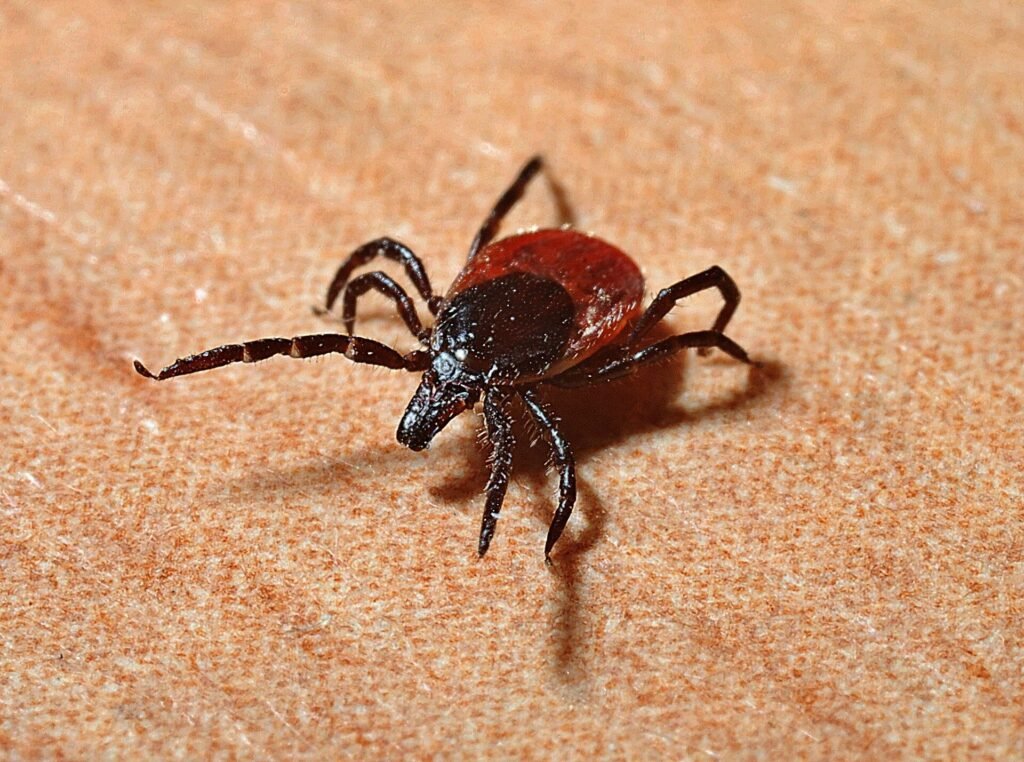Ticks are a common concern in the Northeast, particularly during the warmer months of spring, summer, and fall. A recent study conducted by researchers from various institutions in the region sheds light on the prevalence of Lyme disease-causing bacteria in blacklegged ticks, also known as deer ticks. The study, published in the journal Parasites and Vectors, revealed some alarming findings regarding the risk of Lyme disease transmission.
According to the research, approximately 50% of adult blacklegged ticks were found to carry the bacteria responsible for Lyme disease. Even more concerning was the discovery that up to 25% of younger nymph ticks also harbored the bacteria. This data was collected from states such as Connecticut, New York, New Hampshire, Vermont, and Maine over a span of several decades.
Lyme disease, which was first identified in Lyme, Connecticut, in 1975, can cause a range of symptoms including rash, fever, fatigue, muscle aches, and swollen lymph nodes. If left untreated, the disease can lead to more severe complications. The bacteria that causes Lyme disease, Borrelia burgdorferi, is often carried by small animals like white-footed mice and chipmunks, which serve as hosts for the bacteria.
Blacklegged ticks acquire the Lyme disease bacteria when they feed on infected hosts, such as small animals. Once infected, the ticks can potentially transmit the bacteria to humans through their bites. While adult ticks are more likely to carry the bacteria, it is the smaller nymph ticks that pose a greater challenge as they are harder to detect due to their size.
The study highlighted the importance of preventive measures to reduce the risk of tick bites and Lyme disease transmission. Recommendations from health authorities include conducting thorough tick checks after outdoor activities in tick-infested areas. The researchers emphasized the need for ongoing surveillance and monitoring of tick populations to better understand their distribution and the prevalence of disease-causing pathogens.
Future research is underway to examine the impact of climate change on the prevalence of blacklegged ticks and Lyme disease in the Northeast. By gaining a deeper understanding of these factors, researchers hope to develop more effective strategies for tick control and disease prevention.
This study not only provides valuable insights into the prevalence of Lyme disease bacteria in blacklegged ticks but also underscores the importance of public health efforts to mitigate the risks associated with tick-borne diseases. By staying informed and taking appropriate precautions, individuals can protect themselves from tick bites and reduce the likelihood of contracting Lyme disease.


